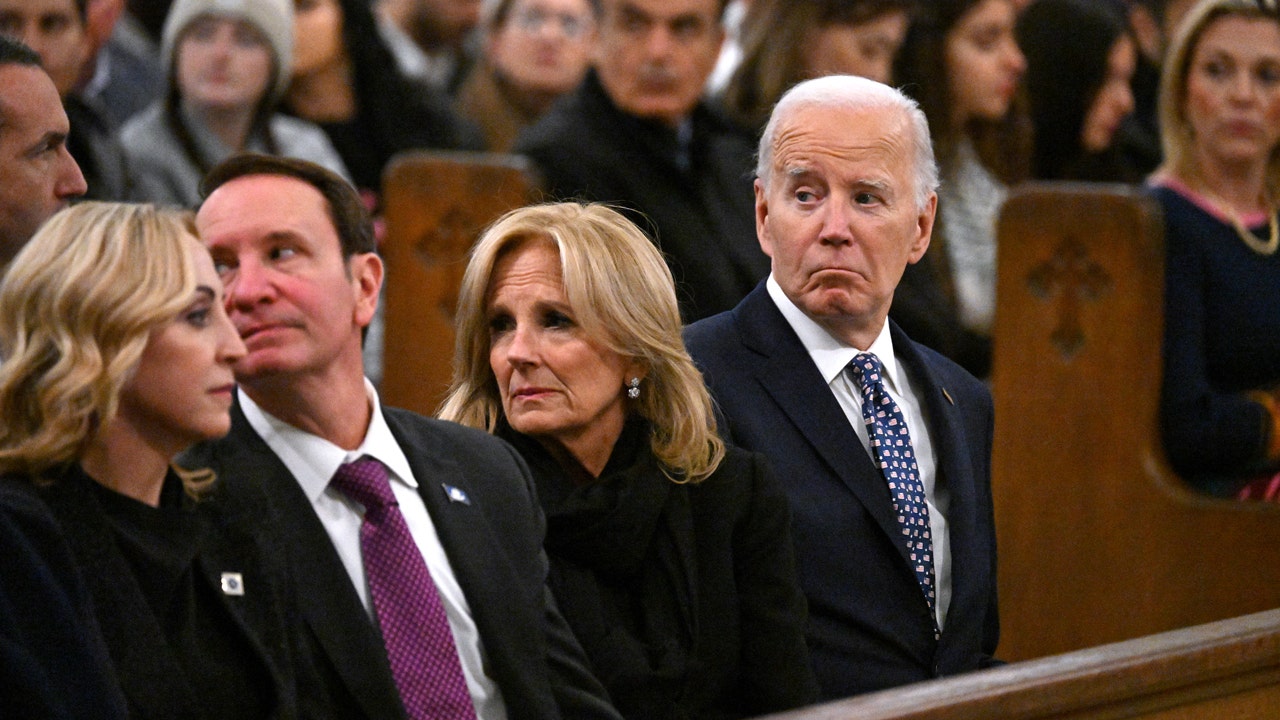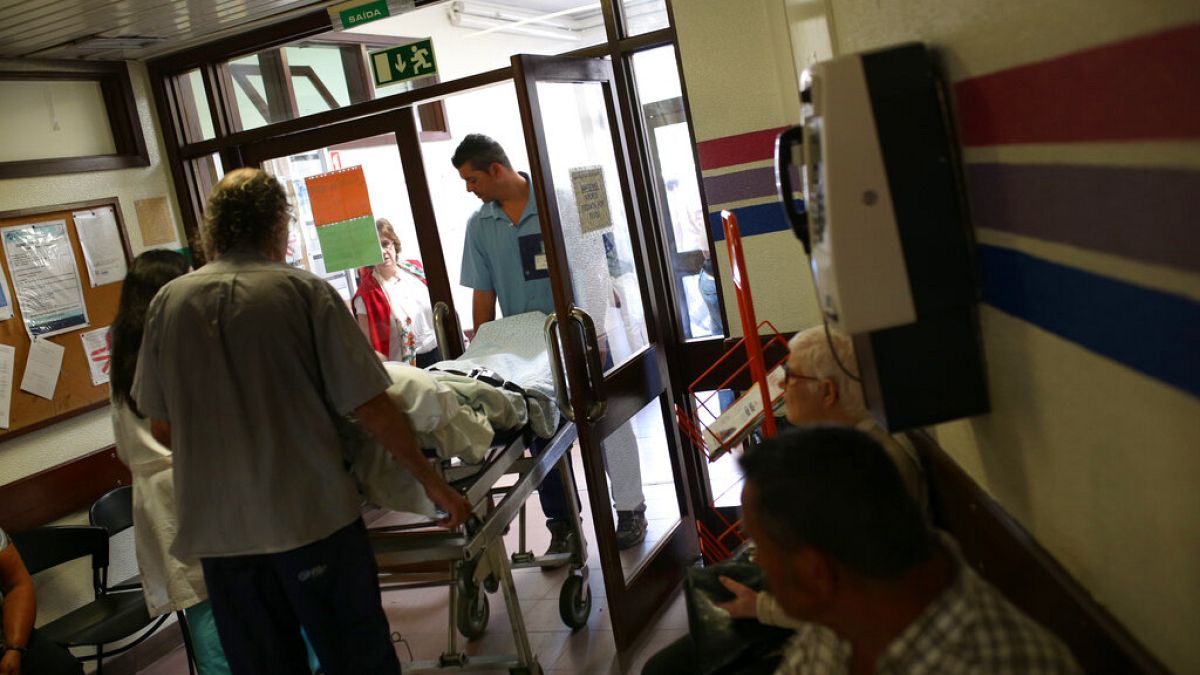Pennsylvania
Cutting Red Tape Could Add Billions To Pennsylvania’s Economy

Harrisburg, the state capital of Pennsylvania.
A new report I published this week with the Commonwealth Foundation highlights the burdensome regulatory environment in Pennsylvania and estimates the economic boost possible from streamlining rules. The report reveals Pennsylvania enforces more than 166,000 regulatory restrictions, making the Keystone State roughly 22 percent more regulated than the average U.S. state.
While often well-intentioned on an individual basis, regulations in the aggregate impose onerous burdens on residents and businesses. A 2022 study estimated that federal rules alone led to 187,000 more Pennsylvanians living in poverty and 361 fewer businesses annually.
All this red tape likely contributes to Pennsylvania’s slow population growth, ranking the state in the bottom fifth nationally over the past decade. Research suggests that excessive regulations reduce economic dynamism and growth.
However, examples from Canada and other U.S. states show that cutting red tape, when done right, can accelerate growth.
In the early 2000s, British Columbia reduced regulatory requirements by 36 % over several years. A 2021 study linked this to a 1 percentage point higher annual gross domestic product (GDP) growth rate over the next decade.
This research suggests Pennsylvania could potentially increase year-over-year growth by 1 percentage point through a similar 36 percent reduction in regulatory restrictions.
That may sound ambitious, but two other states are already working to replicate the British Columbia experience. Last year, Ohio passed a law mandating a 30 percent reduction in regulatory restrictions, while Virginia now aims to cut 25 percent of its requirements.
For context, Pennsylvania’s GDP was $923 billion in 2022, and it grew by 2.1 % from 2021 to 2022. One percent of its economy equals $9.2 billion, meaning an extra $1,760 per Pennsylvania household. Compounded over time, savings stemming from fewer regulatory burdens would substantially improve living standards.
Alternatively, $9.2 billion could support around 180,000 additional jobs in the state, raising overall employment by 3 %. This economic stimulus would provide tremendous opportunities, especially for younger residents considering leaving due to limited prospects.
To roll back regulatory burdens, Pennsylvania policymakers should consider the following options.
First, Pennsylvania maintains more than 33,000 environment-related restrictions, the largest area of state regulations. Revisiting outdated or ineffective rules could pare back the sizable regulatory burden from environmental rules.
Another priority should be addressing the state’s permitting process. Permit approval times frequently exceed the 14-to-43-day limits set under Pennsylvania’s permitting-decision guarantee policy. Energy permits sometimes take 250 days or more, stifling development.
Pennsylvania should also consider implementing a regulatory budget akin to Virginia or Ohio. Both states capped regulatory agencies’ total requirements, forcing them to offset new burdens by eliminating old ones.
Finally, giving the General Assembly veto power over major executive regulations would enhance legislative oversight. Adding sunset provisions so rules automatically expire would also clear out some unneeded rules.
Cutting red tape always involves political hurdles, as entrenched interests that benefit from regulations seek to maintain barriers to competition. Yet, with the right leadership, sweeping regulatory reforms are possible, as British Columbia, Ohio, and Virginia demonstrate. The projected $9.2 billion GDP increase from regulatory streamlining makes the economic stakes clear.
With smart reforms, Pennsylvania can become a dynamic economic hub open to investment and opportunity. Removing barriers to growth is the key to renewed prosperity. Pennsylvania’s regulatory burdens have become too heavy to bear.
It’s time for policymakers to cut the red tape.

Pennsylvania
Lawmaker’s health issue could complicate swearing-in day for Pennsylvania House

HARRISBURG, Pa. (AP) — A Democratic state representative’s health problems could complicate the vote for Pennsylvania House speaker on Tuesday as the chamber’s Democrats begin a new two-year session with the same one-seat margin that they had before the November election.
Rep. Matthew Gergely had a “medical emergency over the holidays requiring hospitalization,” according to Beth Rementer, the House Democratic caucus spokesperson.
Neither Rementer nor House GOP spokesperson Jason Gottesman elaborated on what happened or whether the Allegheny County Democrat will be there when the chamber will decide whether to return Speaker Joanna McClinton of Philadelphia to the dais as its presiding officer. Members are also expected to vote on the House’s internal operating rules for the new two-year session.
Trusted news and daily delights, right in your inbox
See for yourself — The Yodel is the go-to source for daily news, entertainment and feel-good stories.
A message seeking comment was left at Gergely’s district office in McKeesport.
The House had a rule during the 2023-24 session designed to limit uncertainty under the one-seat margin. Under that rule, vacancies were credited to the party that held the seat most recently until the special election results were in. It’s not clear what might happen if Gergely is absent and a House vote for speaker deadlocks along party lines — 101-101.
Democrats won chamber control two years ago by a single seat, 102-101, and successfully defended it while several vacancies arose and were filled by special elections. In November, not one of the 203 House seats changed parties, meaning Democrats retained majority control by the slimmest of margins.
Republicans changed leadership since November, picking Rep. Jesse Topper of Bedford County to be their floor leader. He succeeded Rep. Bryan Cutler, a former House speaker and caucus leader who remains in the House after being reelected in a Lancaster County district.
House Democrats meanwhile have five new members after Reps. Mike Sturla of Lancaster County and former House Speaker Mark Rozzi of Berks County retired; Reps. Patti Kim of Dauphin County and Nick Pisciottano of Allegheny County relinquished their seats to make successful runs for state Senate; and Rep. Kevin Boyle of Philadelphia lost in the spring primary.
House Republicans saw Rep. Dawn Keefer win a state Senate seat in York County and Rep. Ryan Mackenzie unseat Democratic U.S. Rep. Susan Wild.
In other GOP caucus changes, Rep. Rob Mercuri didn’t seek reelection while running unsuccessfully for Congress in Allegheny County. Reps. Jim Gregory of Blair County and Mike Cabell of Luzerne County lost in the spring primary and six others didn’t run again: Donna Oberlander of Clarion County, Jim Marshall of Beaver County, Aaron Kaufer of Luzerne County, George Dunbar of Westmoreland County, Paul Schemel of Franklin County and Barry Jozwiak of Berks County.
In the state Senate, Republican Joe Picozzi unseated freshman Democratic Sen. Jimmy Dillon in a Philadelphia district. Because Kim flipped a redistricted Harrisburg area seat, that chamber also has the same partisan balance it had in the last session, 28-22. But there is currently one Senate vacancy: Sen. Ryan Aument, a Lancaster Republican, resigned at the end of December to take a top staff job with incoming U.S. Sen. Dave McCormick.
Pennsylvania
Chester County, Pennsylvania, families make memories on snow day:

Watch CBS News
Be the first to know
Get browser notifications for breaking news, live events, and exclusive reporting.
Pennsylvania
When will the snow end in Delaware, New Jersey, Pennsylvania? The timing varies

Snow began early Monday morning in Delaware and South Jersey before spreading into Philadelphia and areas to the north. Monday afternoon, the reverse will occur, with snow tapering off from north to south through Philadelphia.
Lingering snow in South Jersey, Delaware
The storm, however, will continue to bring accumulating snowfall to parts of Delaware and South Jersey, even as the heaviest and steadiest snow diminishes during the afternoon. Lingering snow showers are expected in these areas through the evening, finally ending early Tuesday morning.
As the storm moves out, cold and gusty winds will settle across the region Monday night, dropping temperatures into the teens. These winds may create areas of blowing snow, reducing visibility overnight.
High pressure will dominate for the rest of the week, but the cold will persist. Gusty winds on Tuesday, Wednesday, and Thursday will bring frigid conditions to the area.
The chilly temps below freezing also mean that any snow on the ground isn’t going anywhere anytime soon. So, watch out for slick spots on sidewalks and roads into Tuesday.
-

 Health1 week ago
Health1 week agoNew Year life lessons from country star: 'Never forget where you came from'
-
/cdn.vox-cdn.com/uploads/chorus_asset/file/24982514/Quest_3_dock.jpg)
/cdn.vox-cdn.com/uploads/chorus_asset/file/24982514/Quest_3_dock.jpg) Technology1 week ago
Technology1 week agoMeta’s ‘software update issue’ has been breaking Quest headsets for weeks
-

 Business6 days ago
Business6 days agoThese are the top 7 issues facing the struggling restaurant industry in 2025
-

 Culture6 days ago
Culture6 days agoThe 25 worst losses in college football history, including Baylor’s 2024 entry at Colorado
-

 Sports6 days ago
Sports6 days agoThe top out-of-contract players available as free transfers: Kimmich, De Bruyne, Van Dijk…
-

 Politics4 days ago
Politics4 days agoNew Orleans attacker had 'remote detonator' for explosives in French Quarter, Biden says
-

 Politics4 days ago
Politics4 days agoCarter's judicial picks reshaped the federal bench across the country
-

 Politics3 days ago
Politics3 days agoWho Are the Recipients of the Presidential Medal of Freedom?


















